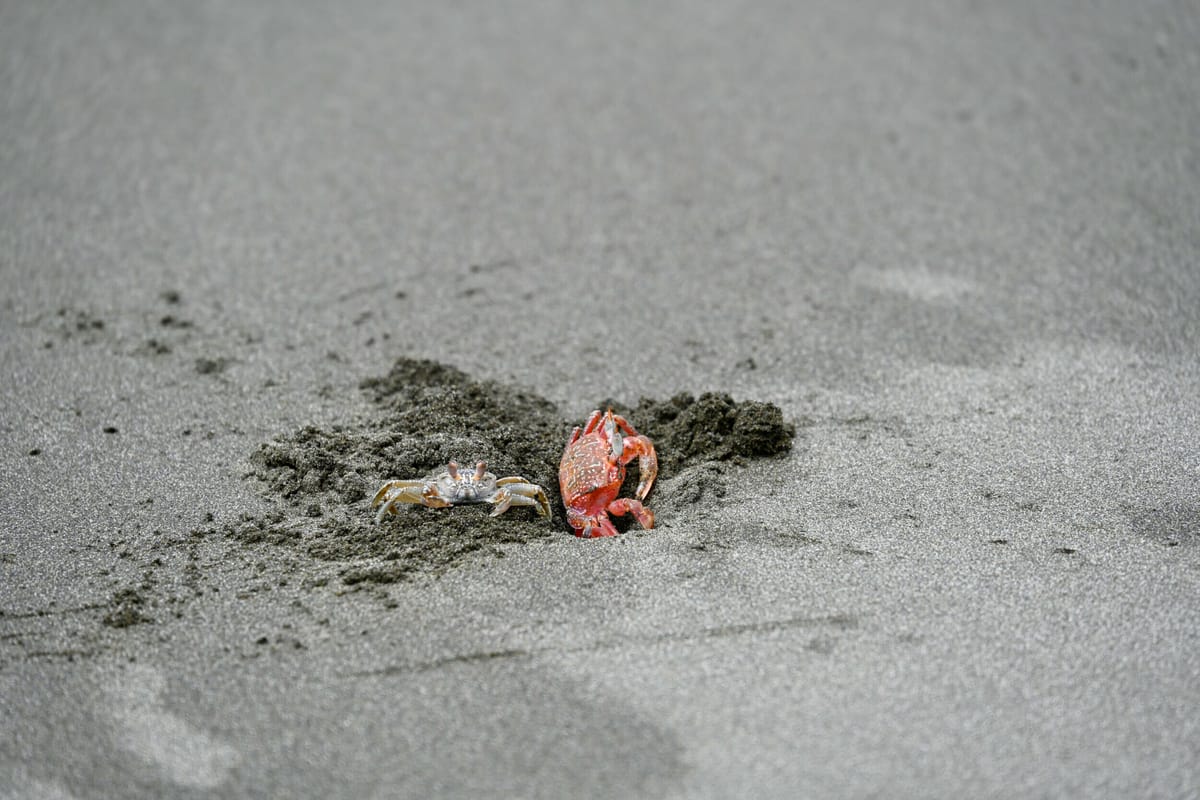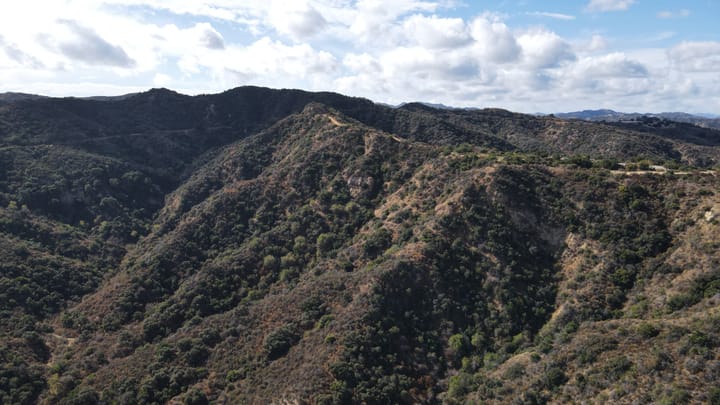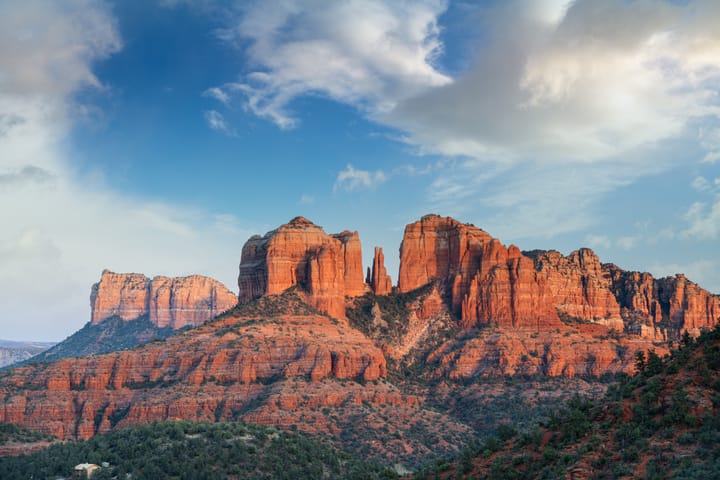The Coastal Chronicles: Crabs of Palo Seco Beach
Palo Seco Beach in Costa Rica is a hidden gem teeming with diverse crab species that play a crucial role in its ecosystem. This article uncovers the beach's wildlife, highlights conservation efforts, and offers insights into responsible travel practices that help preserve its natural beauty.

Introduction: Discovering Palo Seco Beach
Nestled along the Pacific coast of Costa Rica lies a hidden gem known as Palo Seco Beach. This secluded stretch of sand is a sanctuary not just for those seeking tranquility away from the bustling tourist spots but also for a diverse array of wildlife that calls this place home. Among its most fascinating inhabitants are the crabs, whose presence adds vitality to the intertidal ecosystem, making Palo Seco a living laboratory for understanding coastal biodiversity.
The Natural and Historical Canvas
Palo Seco's landscape is a product of both its geographical wonders and its volcanic geological history. This beach has transformed over millennia, shaped by the forces of nature to become the serene habitat it is today. The crabs of Palo Seco, with their myriad colors and behaviors, are testament to the resilience and adaptability of life here. They thrive in an environment that is constantly reshaped by the tides, contributing to the rich biological diversity that defines this coastal region.
Crabs: The Heartbeat of Palo Seco's Ecosystem
Crabs play a pivotal role in the ecological dynamics of Palo Seco Beach. They are crucial for soil aeration, which enhances the health of the beach's ecosystem, and they participate in complex predator-prey relationships that maintain ecological balance. The beach hosts a variety of crab species, each adapted to the unique challenges of coastal living. From the burrowing behaviors of ghost crabs to the vibrant mating displays of the Sally Lightfoot crab, these creatures are integral to the seasonal rhythms that dictate life at Palo Seco.
The Human Touch: Culture, Livelihoods, and Conservation
For the local communities, Palo Seco is more than just a beach; it is a place of livelihood, recreation, and cultural significance. The crabs, with their intricate dances across the sand, have inspired stories and traditions that are woven into the fabric of local life. However, the balance between human activity and the beach's natural ecosystem is delicate. Sustainable tourism practices are essential for preserving Palo Seco's beauty and biodiversity. Conservation efforts, led by both local and international groups, focus on protecting this unique environment for future generations.
Artistic and Photographic Journeys
The serene beauty of Palo Seco and its dynamic crab inhabitants have long captured the imagination of artists and photographers. The challenge of capturing the swift movements of these creatures, against the backdrop of Palo Seco's landscapes, offers a unique opportunity for creative expression. Through photography and art, the story of Palo Seco and its crabs is shared with a wider audience, fostering a deeper appreciation for the natural world and the importance of conservation.
A Traveler’s Ethical Guide
Visitors to Palo Seco are invited to witness the beach's natural wonders through an ethical lens. Eco-conscious travel tips include maintaining a respectful distance from wildlife, adhering to designated paths to protect sensitive habitats, and supporting local conservation initiatives. By embracing responsible tourism practices, visitors can contribute to the preservation of Palo Seco's ecosystem, ensuring that it remains a haven for wildlife and a place of inspiration for humans alike.
Reflective Insights and Conservation Imperatives
Standing on the shores of Palo Seco, one is reminded of the intricate web of life and the fragile balance within coastal ecosystems. The crabs, with their diverse behaviors and ecological roles, are a vivid illustration of nature's interconnectedness. The challenges they face, from habitat loss to climate change, underscore the urgency of conservation efforts. It is a collective responsibility to protect these environments, ensuring that the crabs of Palo Seco, and the unique ecosystem they inhabit, thrive for generations to come.
Conclusion: The Legacy of Palo Seco Beach
Palo Seco Beach, with its captivating landscapes and rich biodiversity, is a testament to the beauty and complexity of Costa Rica's coastal ecosystems. Through the lens of its crab populations, we gain insights into the resilience of nature and the importance of human stewardship. As we continue to explore and appreciate the natural world, let us commit to the conservation and preservation of places like Palo Seco, for they are invaluable treasures of our planet.




Comments ()